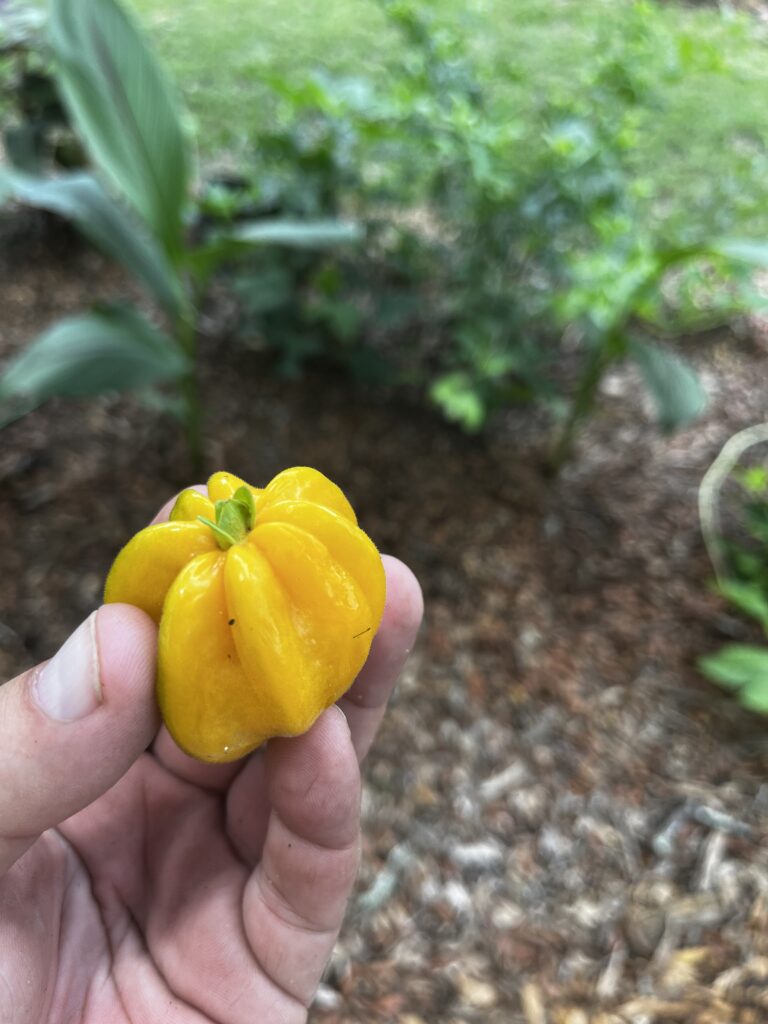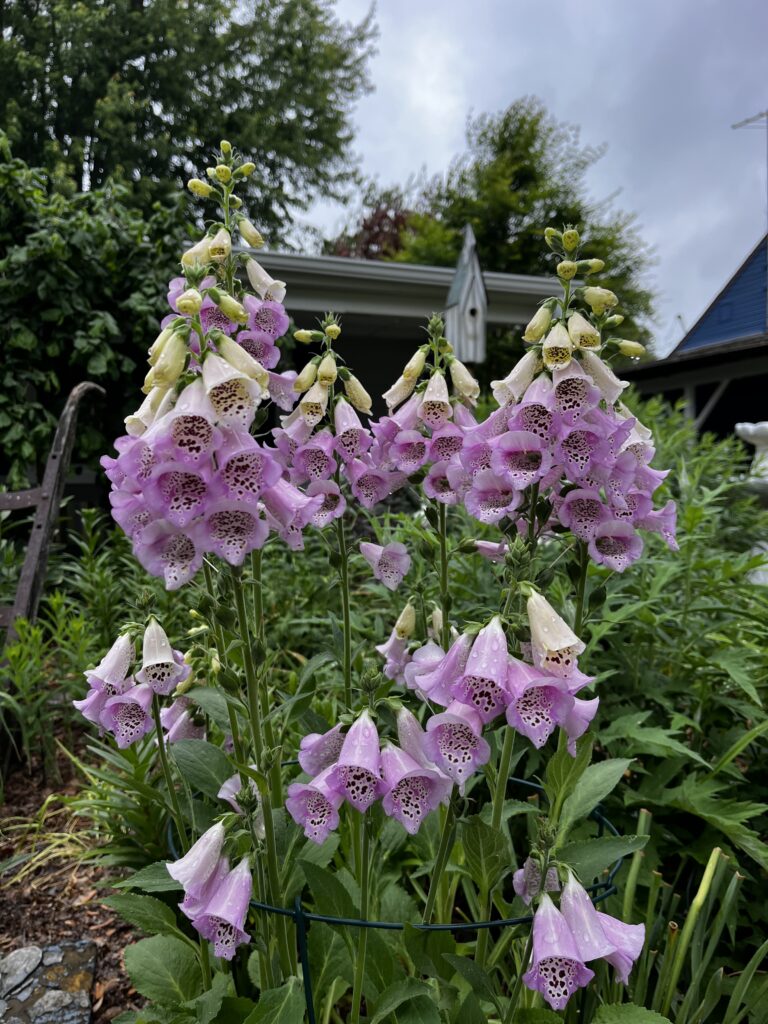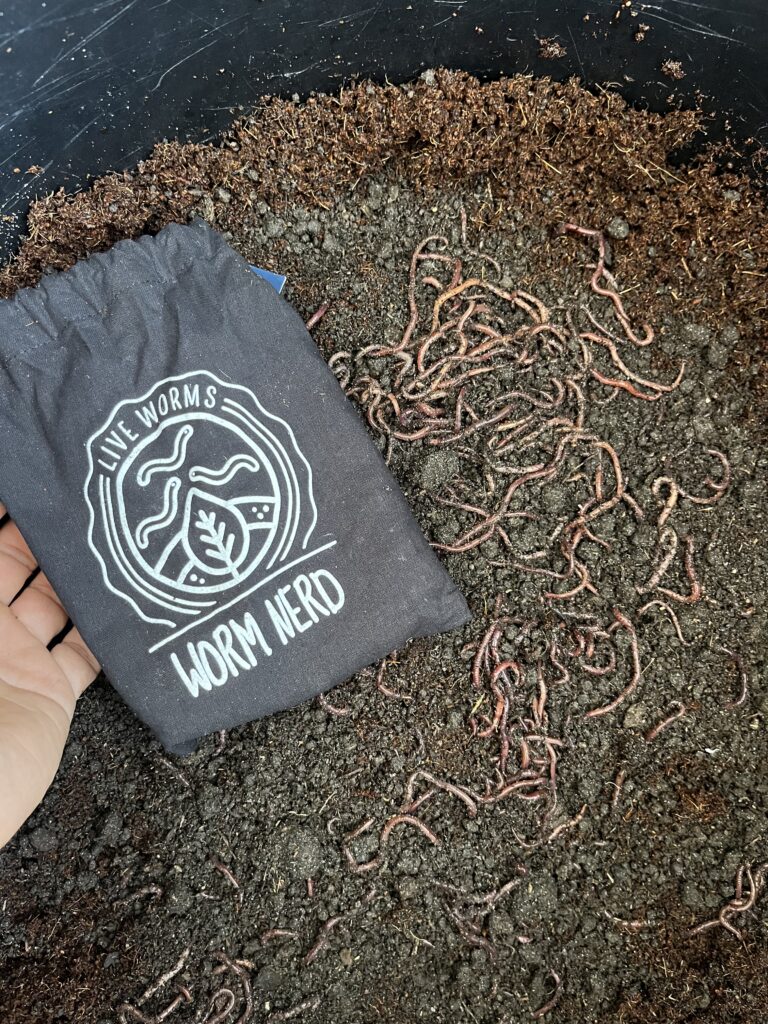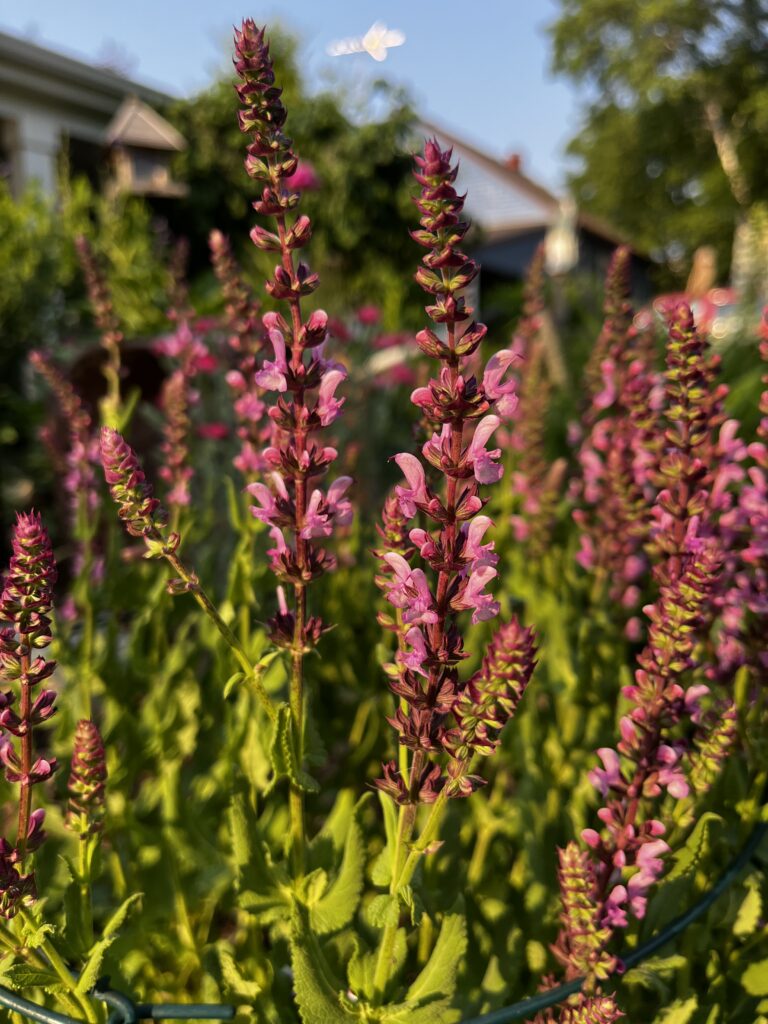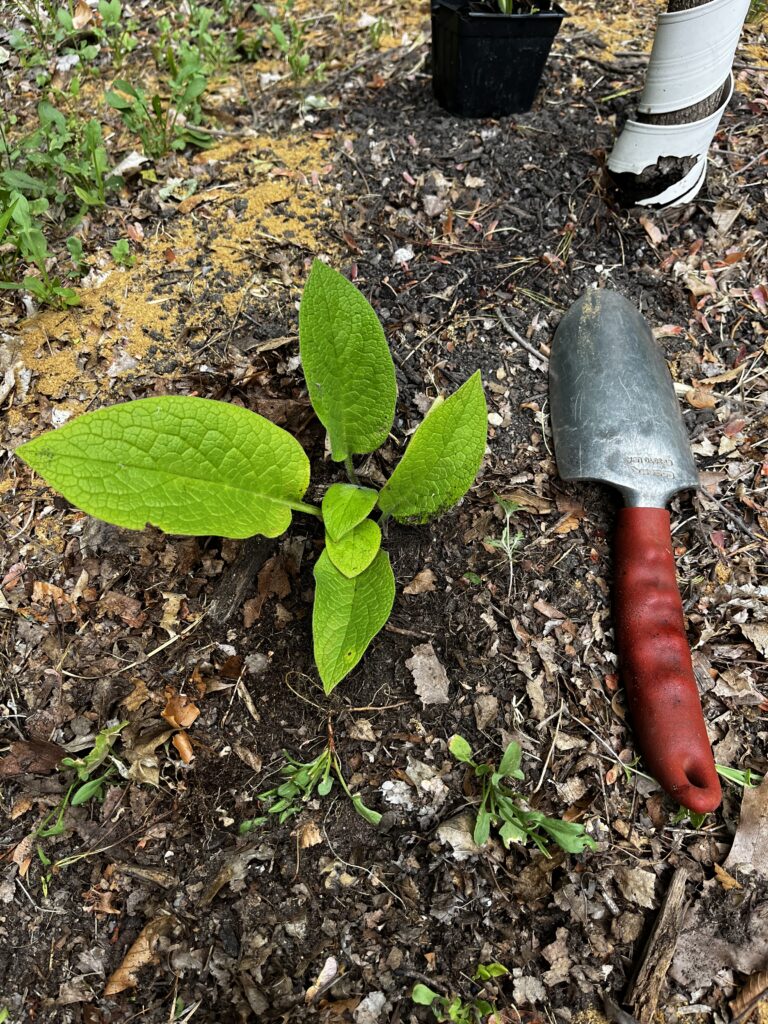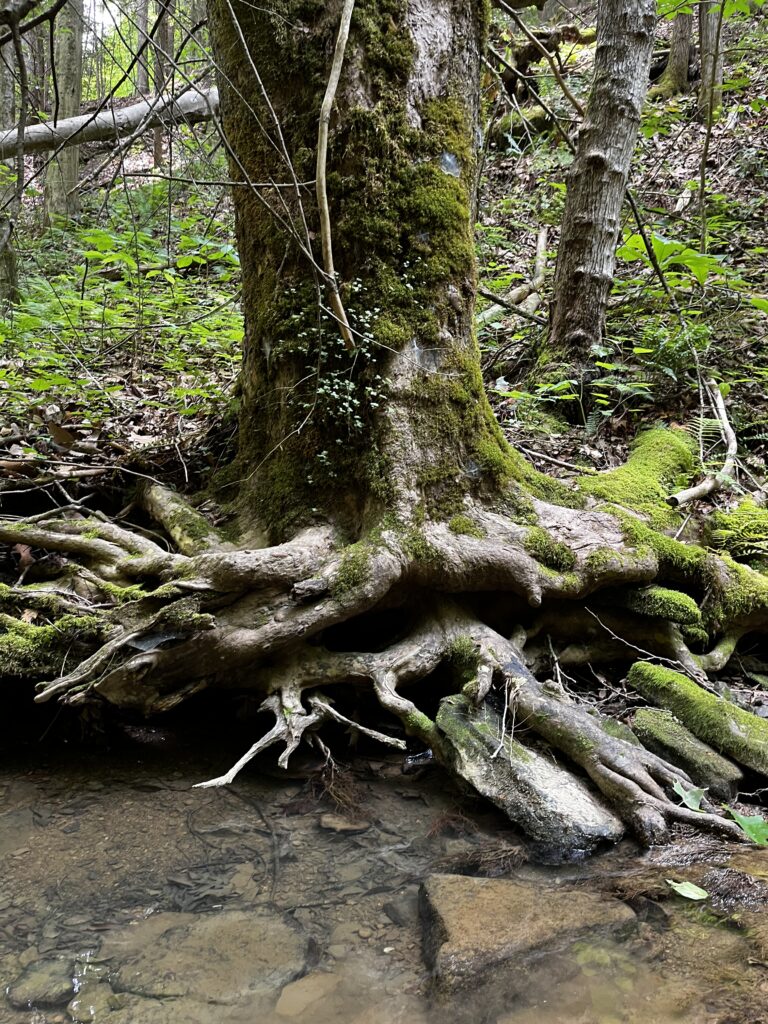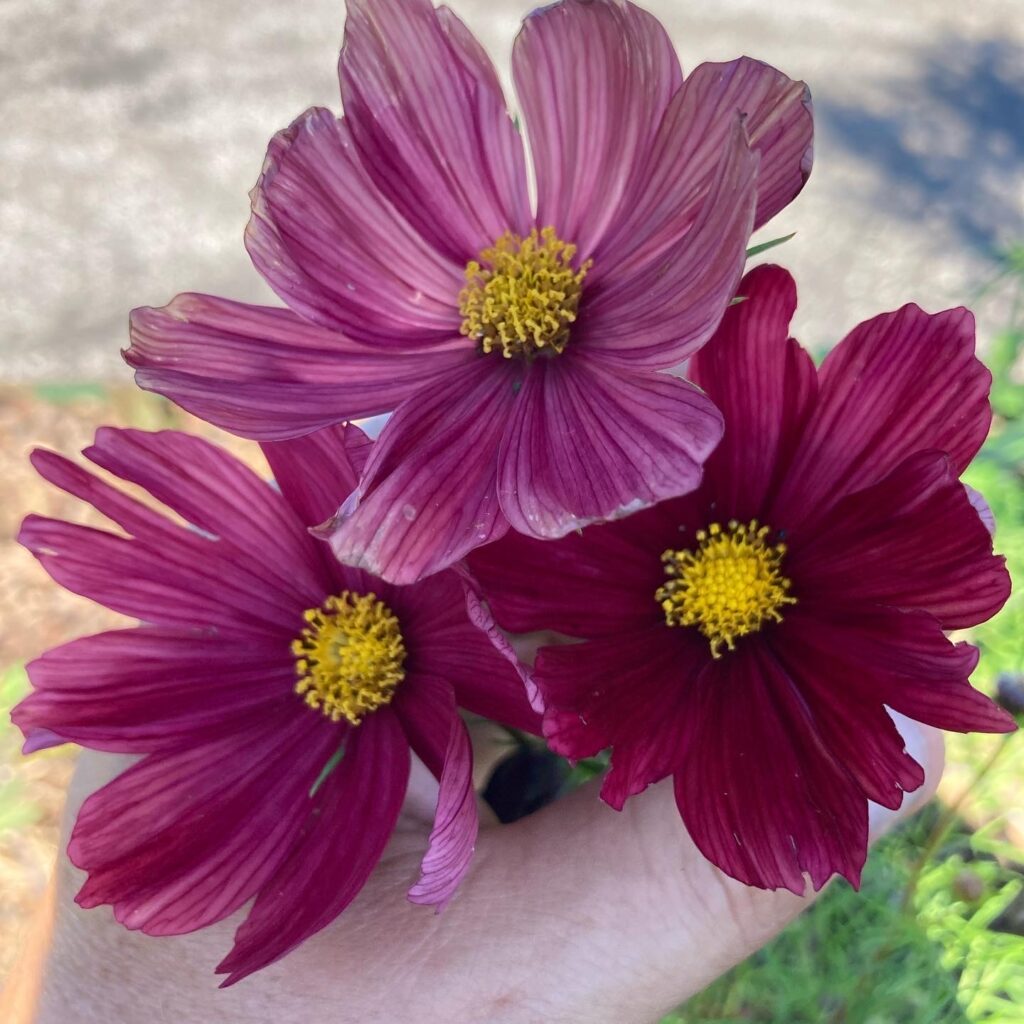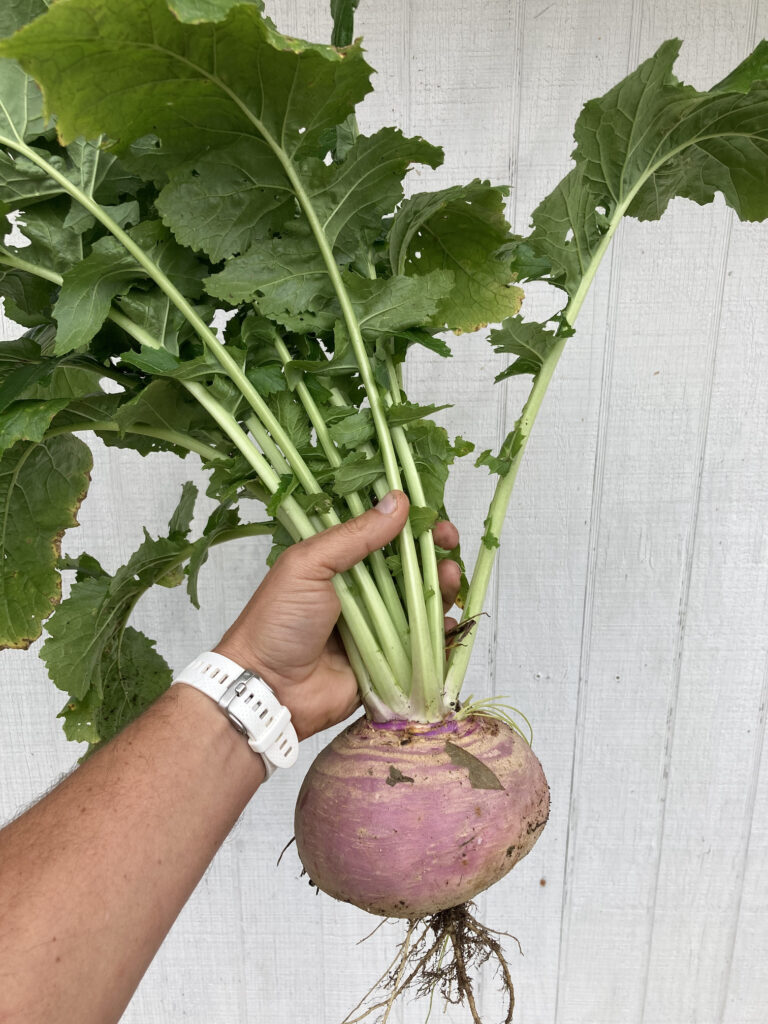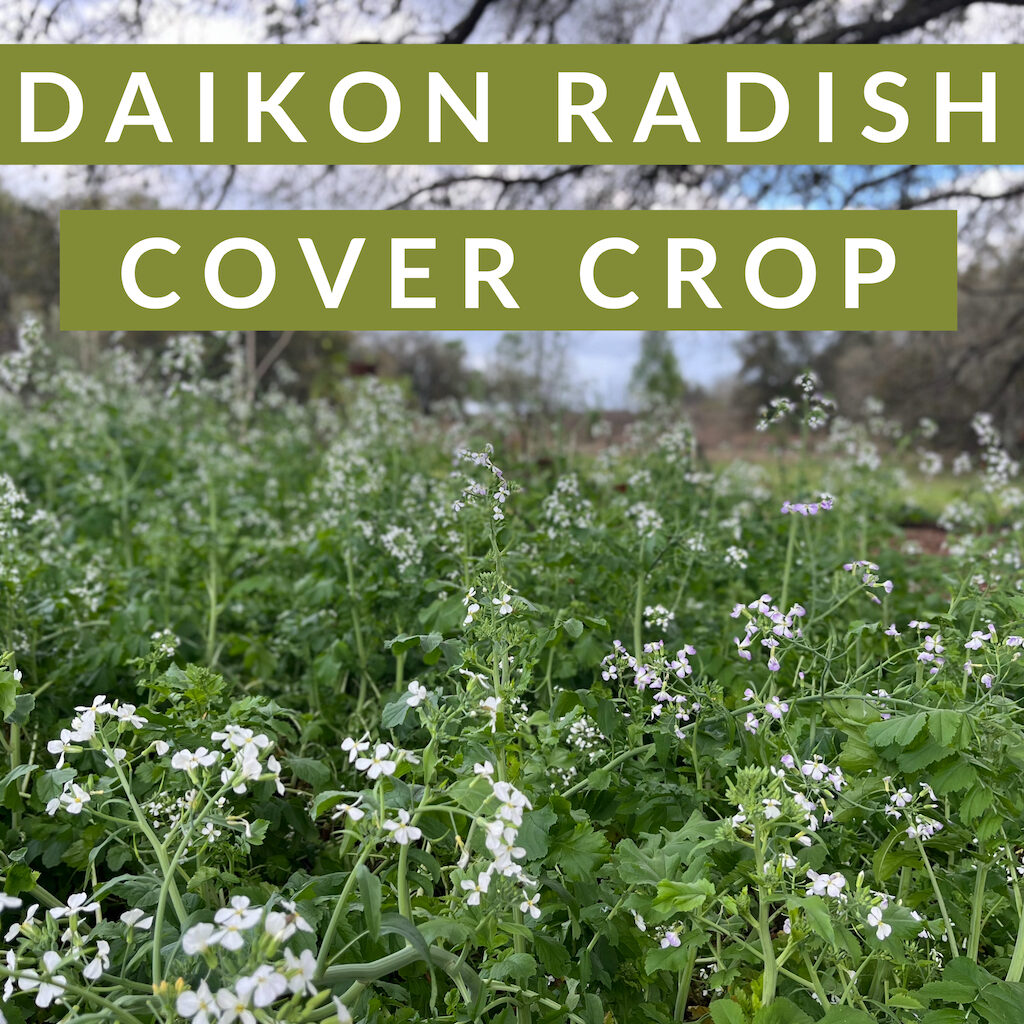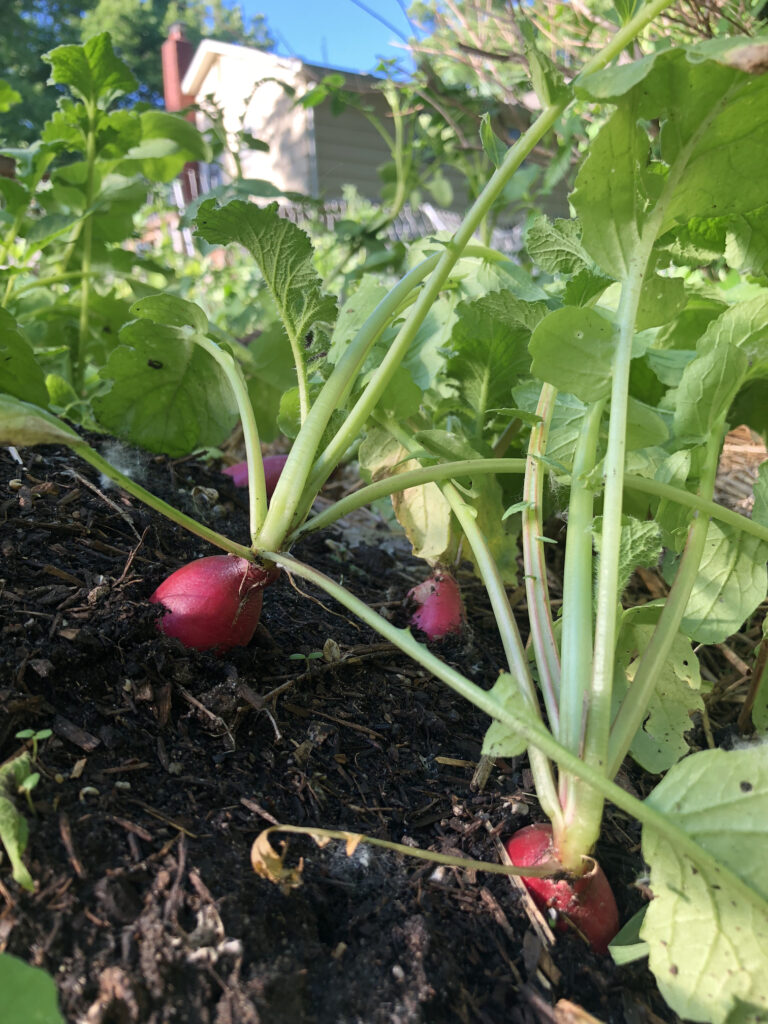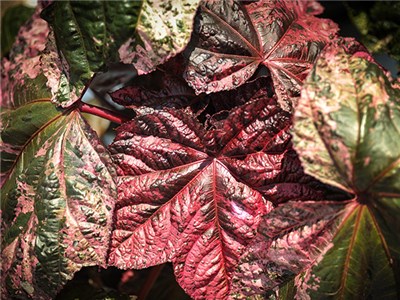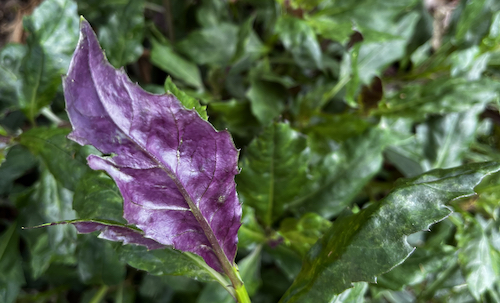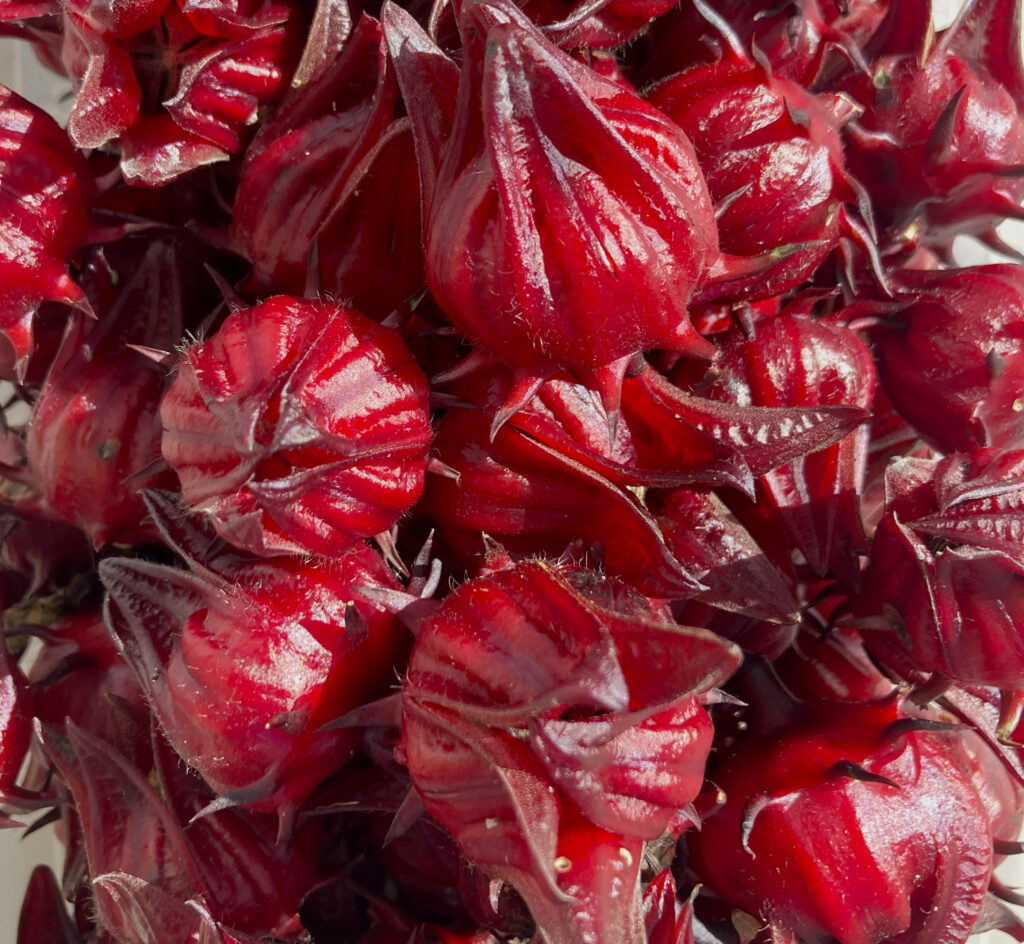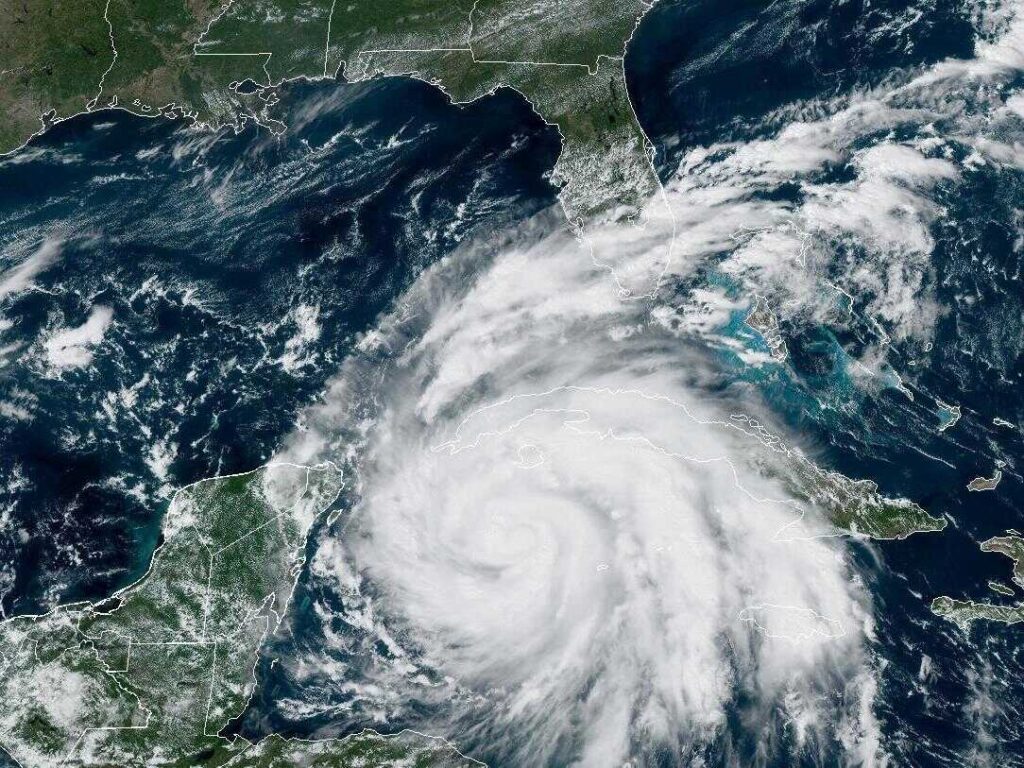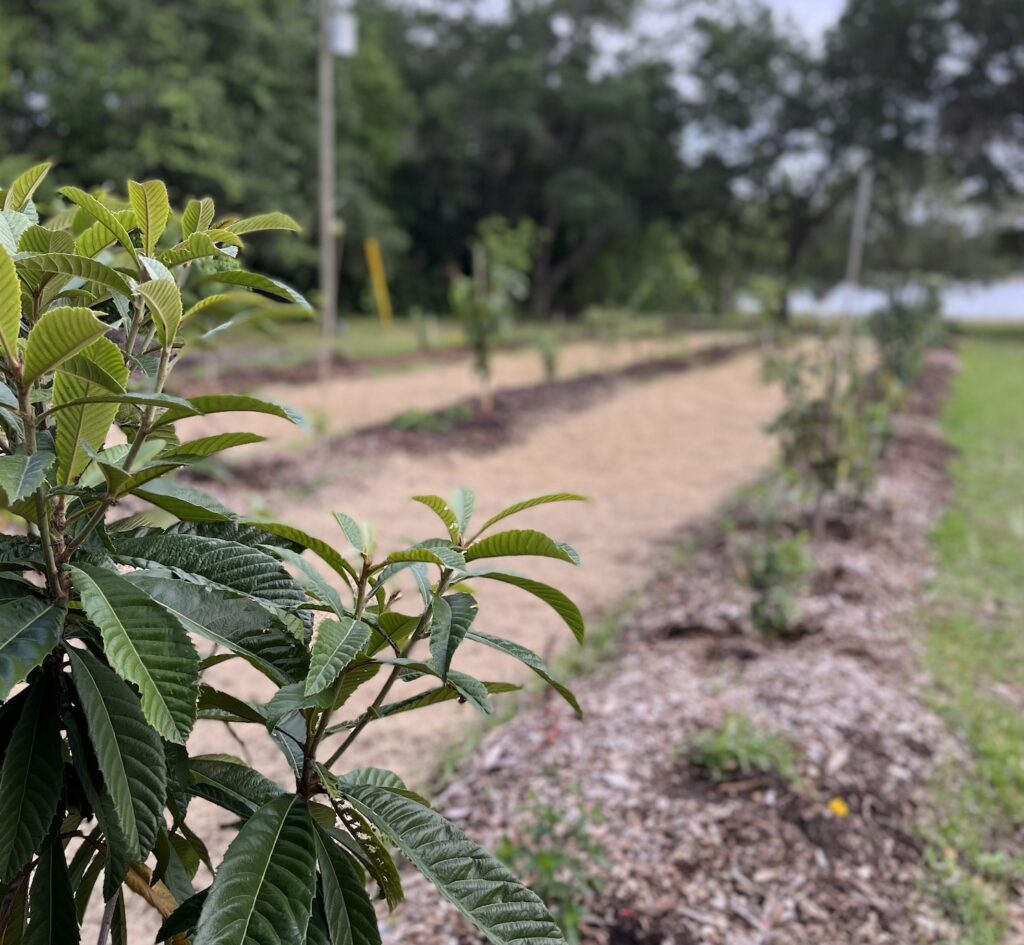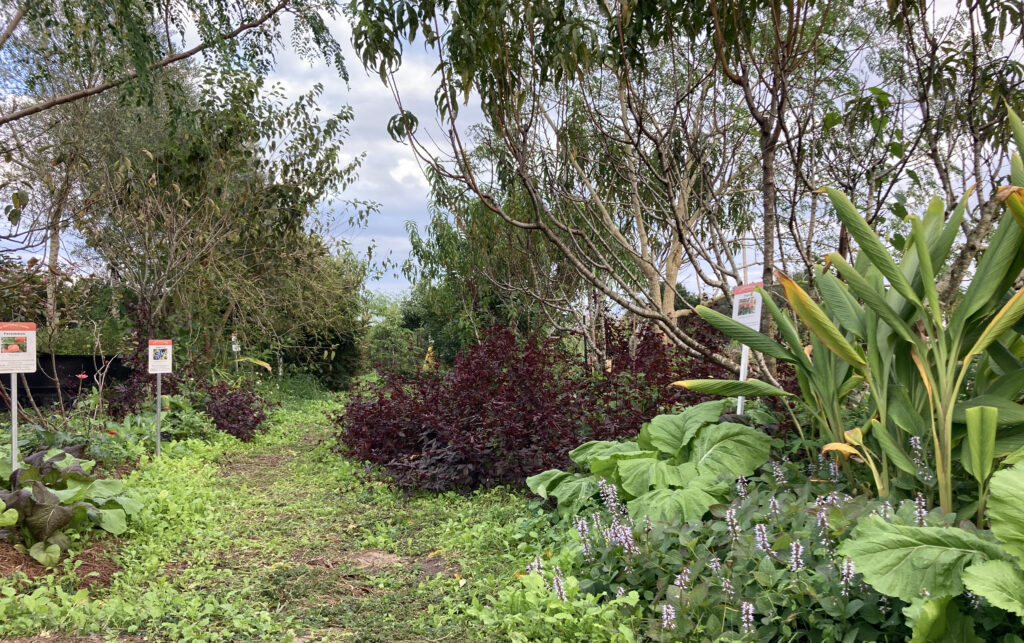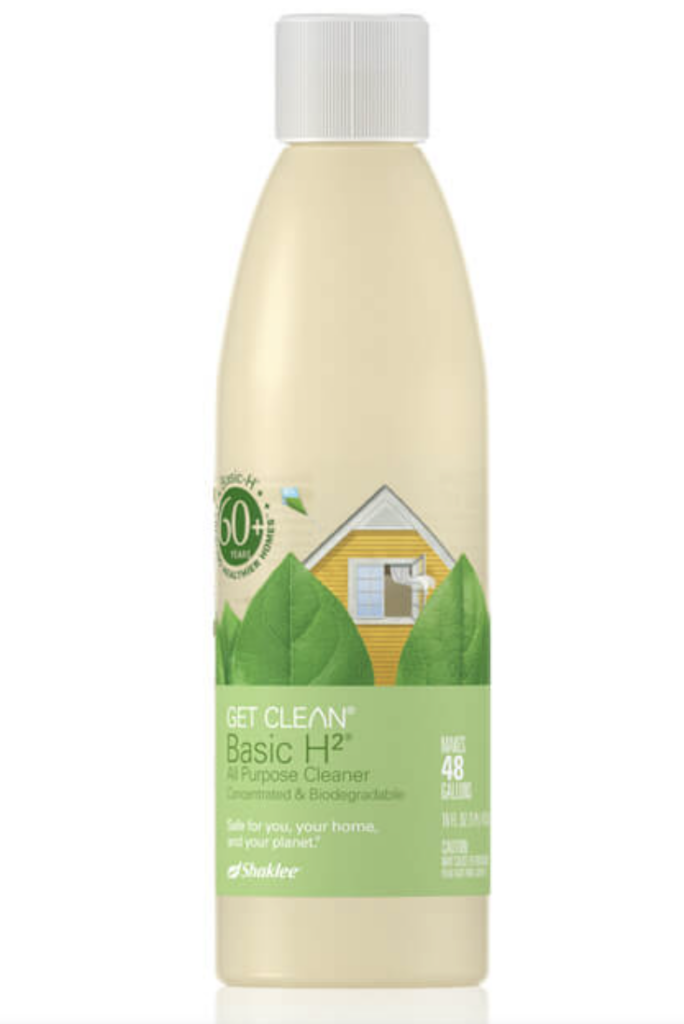The last days of summer have arrived…
Summer is coming to a close and the evenings are just starting to have the smell of fall in the air. Coffee shops have started selling the pumpkin spice lattes again and gnomes and fall candles are on the end caps of every home goods store. Even though it’s not officially fall just yet, many of us are ready for fall campfires, autumn hikes, and the harvest season. In the garden, many regions are still in peak production and harvest time. So, needless to say, there are plenty of things to keep us all busy in the garden and around the homestead.
Please note, this specific list is catered to those living in USDA Zones 3-8, so if you are looking for Zones 9-11 – click here.
Without further adieu, here is your September Gardening To-Do List!
September Gardening To-Do List
In the Garden
- Things to plant by seed: beets, carrots, radishes, and turnips.
- Garlic: Order / purchase garlic for next year. Start planting garlic cloves at the end of this month.
- Pumpkins: Begin to cut them and bring them indoors as soon as they are fully orange. If you are a seed saver, be sure to collect seeds from the best and most robust plants of the season.
- Fall greens: In order to stagger your harvest times later in the fall, consider planting smaller amounts of fall greens (salad mixes, kale, etc.) every other week. The same can be done with beets and radishes.
- Brassicas: Plant broccoli, cabbage, and cauliflower by seed or transplants. Keep them well-watered (1″ per week) as they get established and mulch with straw around the base to cover the soil and prevent water evaporation.
- Tomatoes: It’s important this month to start removing the smaller tomatoes in order to allow the medium and larger ones to ripen before the frost.
- Harvest: tomatoes, eggplants, peppers, and other night shades.
- Mulch: Keep bare soil covered completely to prevent water evaporation and protect microorganisms. Add a little more compost and wood chips around fruit trees and berry bushes. Add another layer of straw around garden veggies. Always collect your yard waste (leaves and grass) to apply to garden beds!
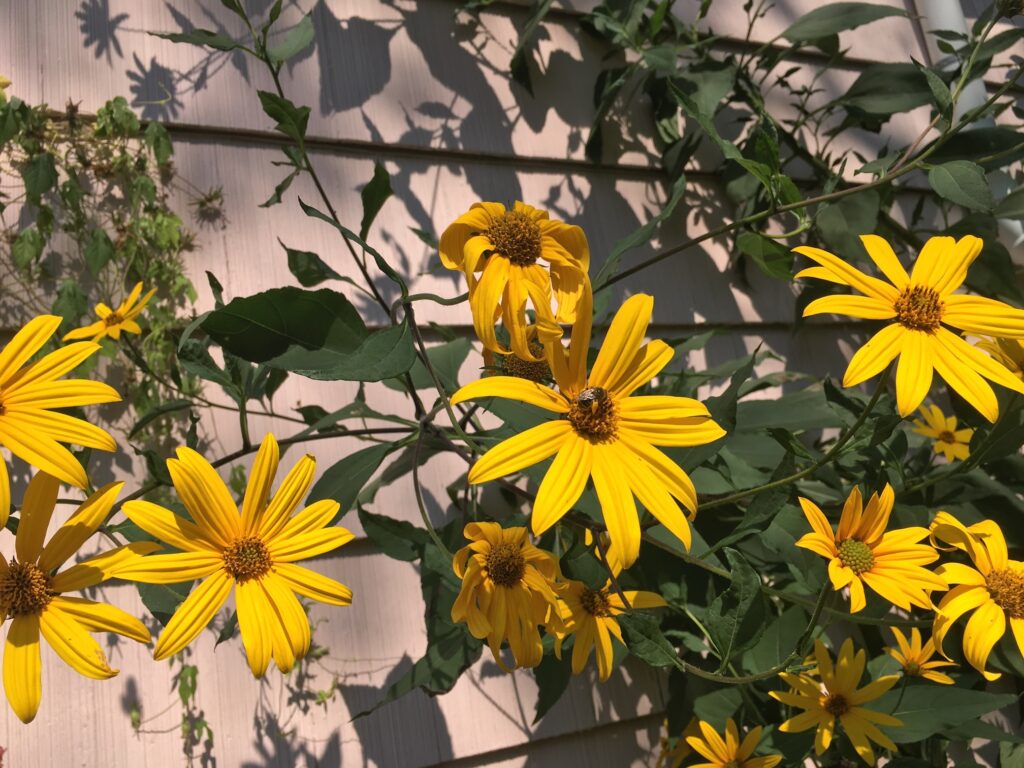
Jerusalem artichokes / Sunchokes are beginning to bloom! The leaves can also be used as forage for cattle, horses, goats, and (chopped) for chickens. Roots can be left in the ground or harvested after the first frost.
In the Greenhouse
- Start organizing things now, before it gets cold. If you are planting in the ground in your hoop house or poly-tunnel, be sure to start applying lots of organic matter (like straw) in order to build a nice biomass before going into the winter months.
- Check mouse traps regularly, because animals will start looking for their fall homes soon.
- Watch your temperatures closely! Open windows in the greenhouses as needed.
- Bring tropical plants in the greenhouse if it gets below 50 degrees at night. Start washing them off and preparing them for the winter relocation.
In the Food Forest
- Harvest: apples, pears, fall berries, and any remaining stone fruit. Goji berries and raspberries are in their peak production, so be sure to harvest now and start preserving for the cooler months.
- Mulch: Apply mulch / wood-chips around the base of fruit trees. Keep the wood chips away from the base of the tree, because if they touch the trunk it can cause rot or bacterial issues. Wood chips will encourage mycorrhizal activity and strengthen the root system.
- Herbs around fruit trees: Finish harvesting herbs to dry and make tinctures because they are at their peak right now! Start hanging them around the house and preparing to store them for the winter months. TIP: Use those little “silica packets” in the bottom of your glass jars to absorb moisture while in storage.
- Fallen fruit: Remember to harvest fruit as they ripen and remove those that fall to the ground. Fallen fruit attract pests, so feed them to chickens or add to the compost pile immediately. Don’t let them sit.
- Harvest elderberries: If you are making elderberry tinctures, teas, or wine – now is your time to harvest. Whatever you do not harvest, the birds will take care of for you. It is also a great time to harvest elderberry canes for cuttings and propagation.
- Plant late summer ground covers in any “bare spots” around the forest. Here are some of of our favorites – CLICK HERE.
- Wait to plant new fruit trees and berry bushes until next month, when the heat dials down a few notches.
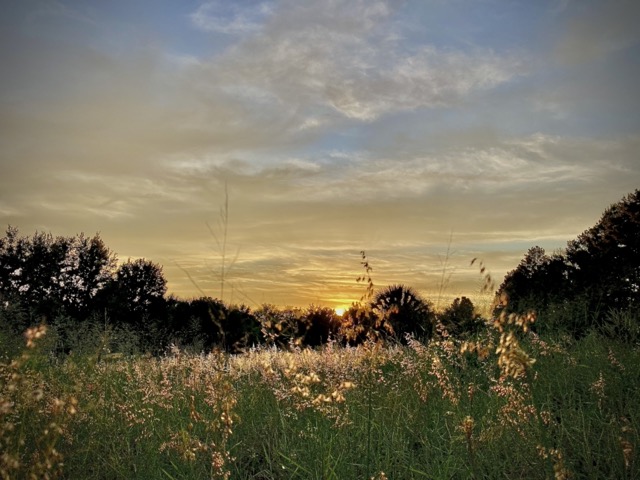
In the Shed
- Start getting winter wood stove supplies ready to prepare for the coming winter. Check woodpiles to ensure they are stacked properly.
- After heavy spring and summer use, give power tools a quick check (oil, air filters, and clean off exteriors).
- Check mouse traps and keep animal feed in sealed containers. Give the feed shed a nice cleaning to prevent critters from finding their “fall homes” in areas you don’t want them.
- Give cutting tools a good cleaning (using rubbing alcohol) and oil afterwards to prevent rust.
In the Chicken Coop
- Chickens: Spring chickens have finally started laying eggs! They should be given plenty of fresh greens and can now have supplemental calcium. For calcium supplements, you can use crushed oyster shells or aragonite.
- Quail: It’s time to start helping the quail get ready for winter months. Extra protein, bug treats, dried grass heads, etc. are always a boost to their health. TIP: Dry flower petals and grasses to add to their nesting areas to help simulate their native habitats in the prairie.
- Plant fall foraging areas using a native wildlife seed mix.
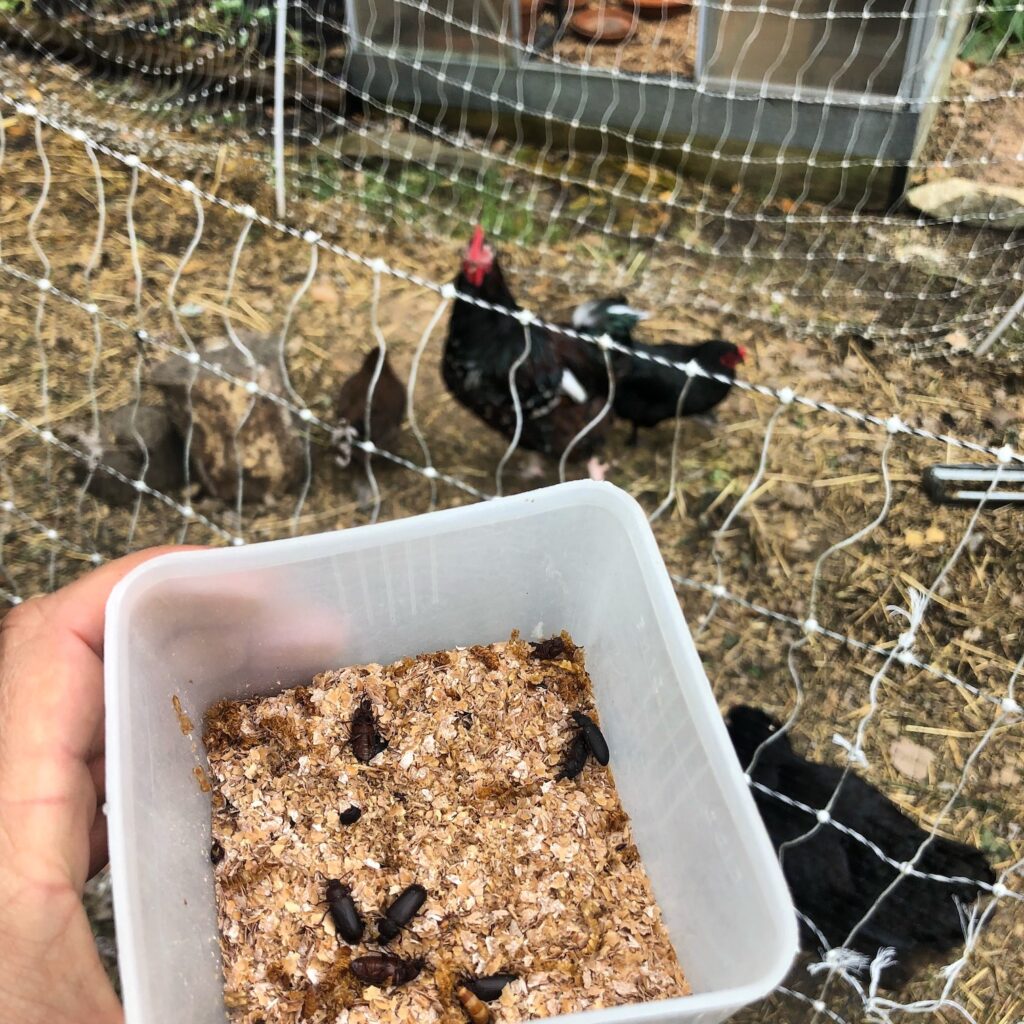
Offer mealworms, beetles, and other insects as a healthy protein treat to help boost the health of your flock as they go into the fall season. This helps prepare their bodies for fall molting (that is right around the corner).
Around the House
- Plant fall grass or ground covers. One of our favorite is a grass blend (that doesn’t need to be mowed) called ECOgrass by Prairie Moon Nursery. Check them out! Their wildflower mixes are also pretty incredible and can be fall planted as well.
- Open up the windows on cooler nights to help air out the house and let in fresh air.
- Replace your HVAC filters
- Clean outdoor windows and doors (I use Basic H for this)
- Apply UV protectant to your recreational vehicles (boats, car interiors, RV’s, decals, etc. Put moisture collecting crystals (like DampRid) in the cupboards of RV’s to prevent mold in storage.
- Spray tire shine and protectant on vehicle and trailer tires to prevent sun damage
- Fertilize house plants at regular strength until the end of the month, then taper off in October. Do not fertilize house plants in the winter months… allow them to go “dormant” as well.
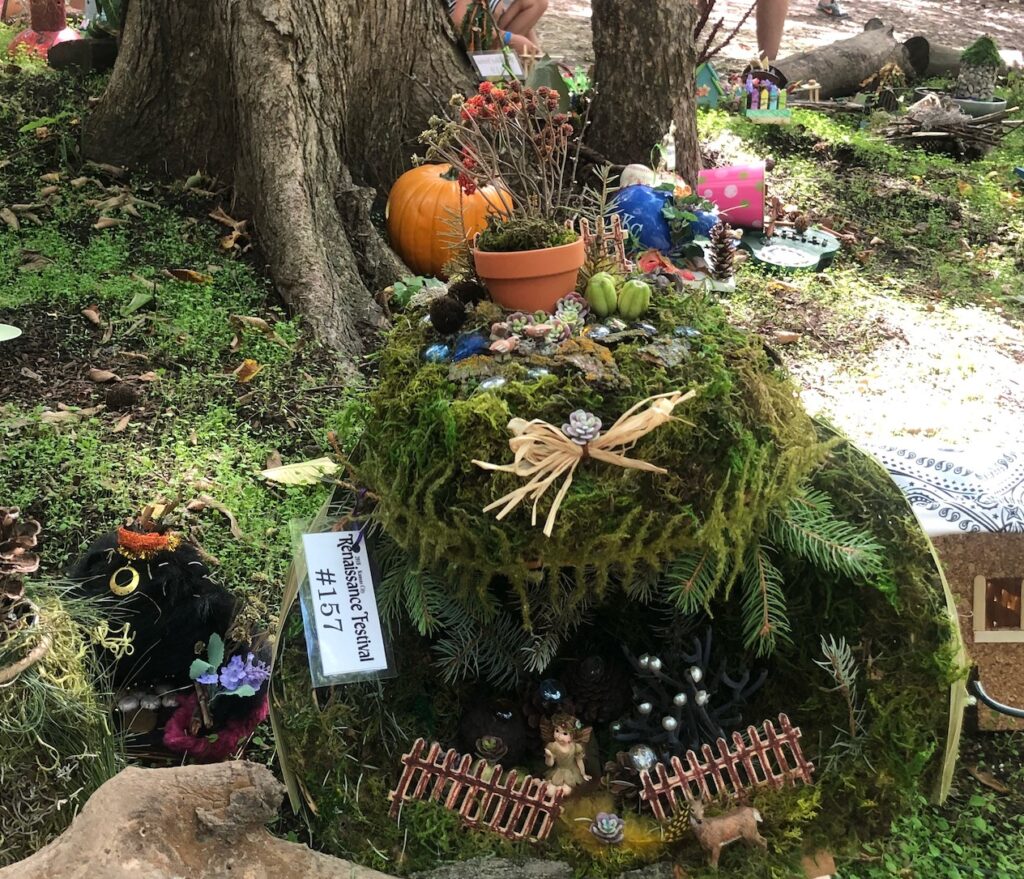
Make gnome or fairy houses with kids as a late summer / early fall project.
Also, start scoping out some local apple orchards, pumpkin patches, and corner mazes.
In the Perennial Flower Beds
- Dead-heading: Cut back spent flowers in order to get a final bloom. Spent flower heads can be fed to chickens or composted.
- Plant fall flowers like chrysanthemums for autumn color. They can actually be grown in the ground as well and will come back every year in most regions.
- Add extra wood chips to areas that are in full sun in order to protect soil health and microbial activity
- Bring cut flowers indoors and share with neighbors, especially those who are shut-ins or elderly


